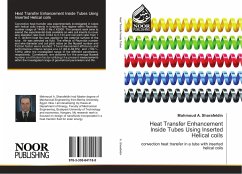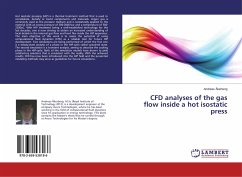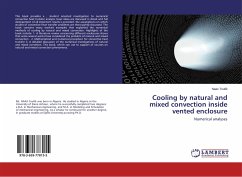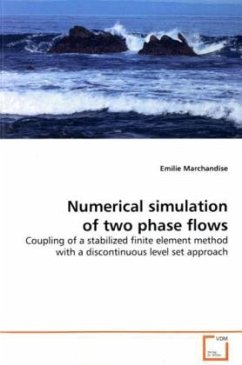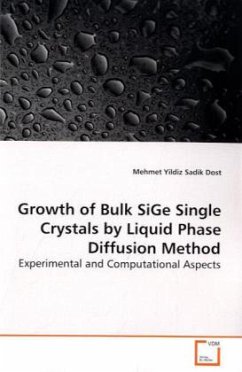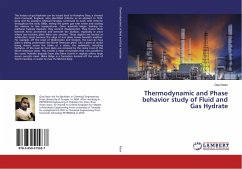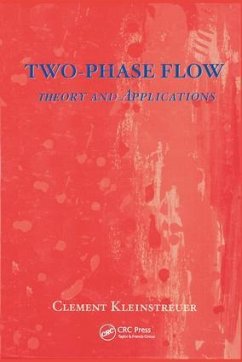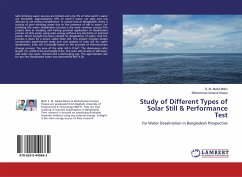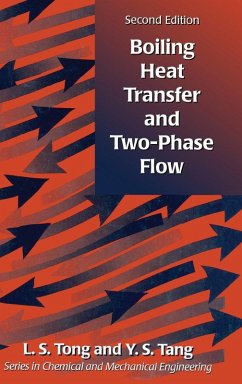
Study Of Two-Phase Performance Inside An ESP
Visualization And Modeling Of Multiphase Performance Inside An Electrical Submersible Pump
Versandkostenfrei!
Versandfertig in 6-10 Tagen
52,99 €
inkl. MwSt.

PAYBACK Punkte
26 °P sammeln!
Dynamic multiphase flow behavior inside a mixed flow Electrical Submersible Pump (ESP) has been studied experimentally and theoretically for the first time. The overall objectives of this study are to determine the flow patterns and bubble behavior inside the ESP and to predict the operational conditions that cause surging. An experimental facility has been designed and constructed to enable flow pattern visualization inside the second stage of a real ESP. Special high speed instrumentation was selected to acquire visual flow dynamics and bubble size measurements inside the impeller channel. R...
Dynamic multiphase flow behavior inside a mixed flow
Electrical Submersible Pump (ESP) has been studied
experimentally and theoretically for the first
time. The overall objectives of this study are to
determine the flow patterns and bubble behavior
inside the ESP and to predict the operational
conditions that cause surging.
An experimental facility has been designed and
constructed to enable flow pattern visualization
inside the second stage of a real ESP. Special high
speed instrumentation was selected to acquire visual
flow dynamics and bubble size measurements inside
the impeller channel. Results showed formation of a
large gas pocket at the impeller intake during
surging conditions.
The theoretical study includes a mechanistic model
and CFD simulations for the prediction of the flow
behavior inside the pump. The mechanistic model
comprises a one-dimensional force balance to predict
occurrence of the stagnant bubbles at the channel
intake. The model enables the prediction of the
operational envelope of the ESP, namely the
transition to surging. Results from the CFD
simulations are consistent with the experimental
data.
Electrical Submersible Pump (ESP) has been studied
experimentally and theoretically for the first
time. The overall objectives of this study are to
determine the flow patterns and bubble behavior
inside the ESP and to predict the operational
conditions that cause surging.
An experimental facility has been designed and
constructed to enable flow pattern visualization
inside the second stage of a real ESP. Special high
speed instrumentation was selected to acquire visual
flow dynamics and bubble size measurements inside
the impeller channel. Results showed formation of a
large gas pocket at the impeller intake during
surging conditions.
The theoretical study includes a mechanistic model
and CFD simulations for the prediction of the flow
behavior inside the pump. The mechanistic model
comprises a one-dimensional force balance to predict
occurrence of the stagnant bubbles at the channel
intake. The model enables the prediction of the
operational envelope of the ESP, namely the
transition to surging. Results from the CFD
simulations are consistent with the experimental
data.



